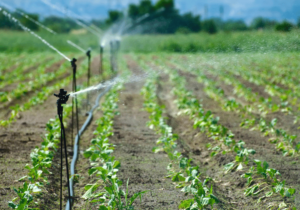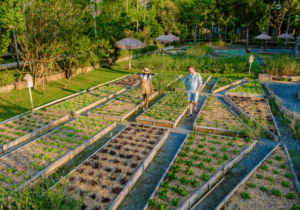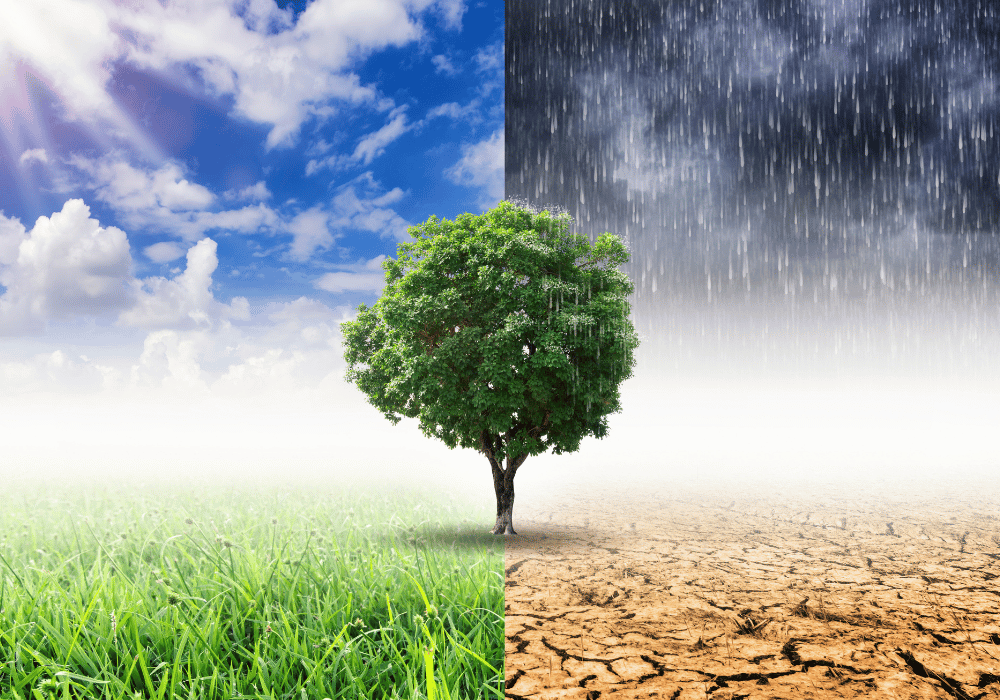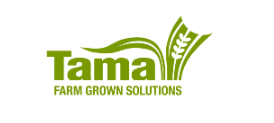Climate plays a pivotal role in shaping agricultural practices, particularly irrigation strategies. As global weather patterns shift and regions face varied climatic challenges, farmers and agricultural professionals must adapt their irrigation practices to ensure sustainable crop production. Heartnut Grove WWT, a leader in agricultural irrigation solutions, emphasizes the importance of understanding the interplay between climate and irrigation. This blog explores how different climate conditions influence irrigation strategies and how adopting adaptive measures can mitigate risks and enhance crop resilience.
Understanding the Climate-Irrigation Nexus
Climate determines not only the amount of natural precipitation available to crops but also influences evapotranspiration rates, soil moisture levels, and the incidence of droughts or floods. These factors collectively dictate the water needs of crops and the effectiveness of various irrigation strategies. As such, tailoring irrigation practices to the prevailing climate conditions is crucial for optimizing water usage and securing agricultural yields.
Adapting to Arid and Semi-arid Climates
In regions characterized by low rainfall and high evaporation rates, water conservation becomes paramount. Precision irrigation techniques, such as drip irrigation and the use of soil moisture sensors, can significantly improve water efficiency. These methods deliver water directly to the root zone, minimizing losses to evaporation and runoff. Additionally, implementing water harvesting and storage solutions can provide supplemental water sources during dry spells.
Managing Irrigation in Temperate Climates
Temperate climates, with their moderate rainfall and seasonal variations, require flexible irrigation strategies that can adapt to changing weather patterns. Crop rotation and the selection of drought-resistant crop varieties can enhance soil moisture retention and reduce water demand. Variable rate irrigation (VRI) systems, which adjust water application rates across different field zones, can also optimize water use based on crop needs and soil conditions.
Navigating Tropical and Subtropical Climates
High rainfall and humidity levels in tropical and subtropical climates present unique challenges, such as waterlogging and nutrient leaching. In these environments, efficient drainage systems are as crucial as irrigation systems. Controlled irrigation methods, combined with raised beds or contour planting, can prevent excessive soil moisture and promote healthy crop growth. Moreover, integrating organic matter into the soil can improve its water-holding capacity, reducing the need for frequent irrigation.
The Role of Technology and Data
Advancements in technology and data analytics have become invaluable in aligning irrigation strategies with climate conditions. Satellite imagery, weather forecasting models, and remote sensing technologies enable precise monitoring of climatic factors and soil moisture levels. This data-driven approach allows for dynamic adjustment of irrigation schedules, ensuring that crops receive water when they need it most, thereby conserving resources and supporting sustainable agriculture.
Climate exerts a significant influence on irrigation strategies, demanding adaptability and innovation from the agricultural sector. By understanding and responding to the specific water needs dictated by different climatic conditions, farmers can implement more efficient and sustainable irrigation practices. Heartnut Grove WWT is committed to providing cutting-edge irrigation solutions and expertise to help farmers navigate the complexities of climate and irrigation, ensuring the resilience and productivity of their crops in the face of changing environmental conditions.
For expert advice and innovative irrigation solutions tailored to your climate and agricultural needs, contact Heartnut Grove WWT. Our team is dedicated to supporting farmers in achieving optimal water management and crop production through advanced irrigation technologies and strategies.

























